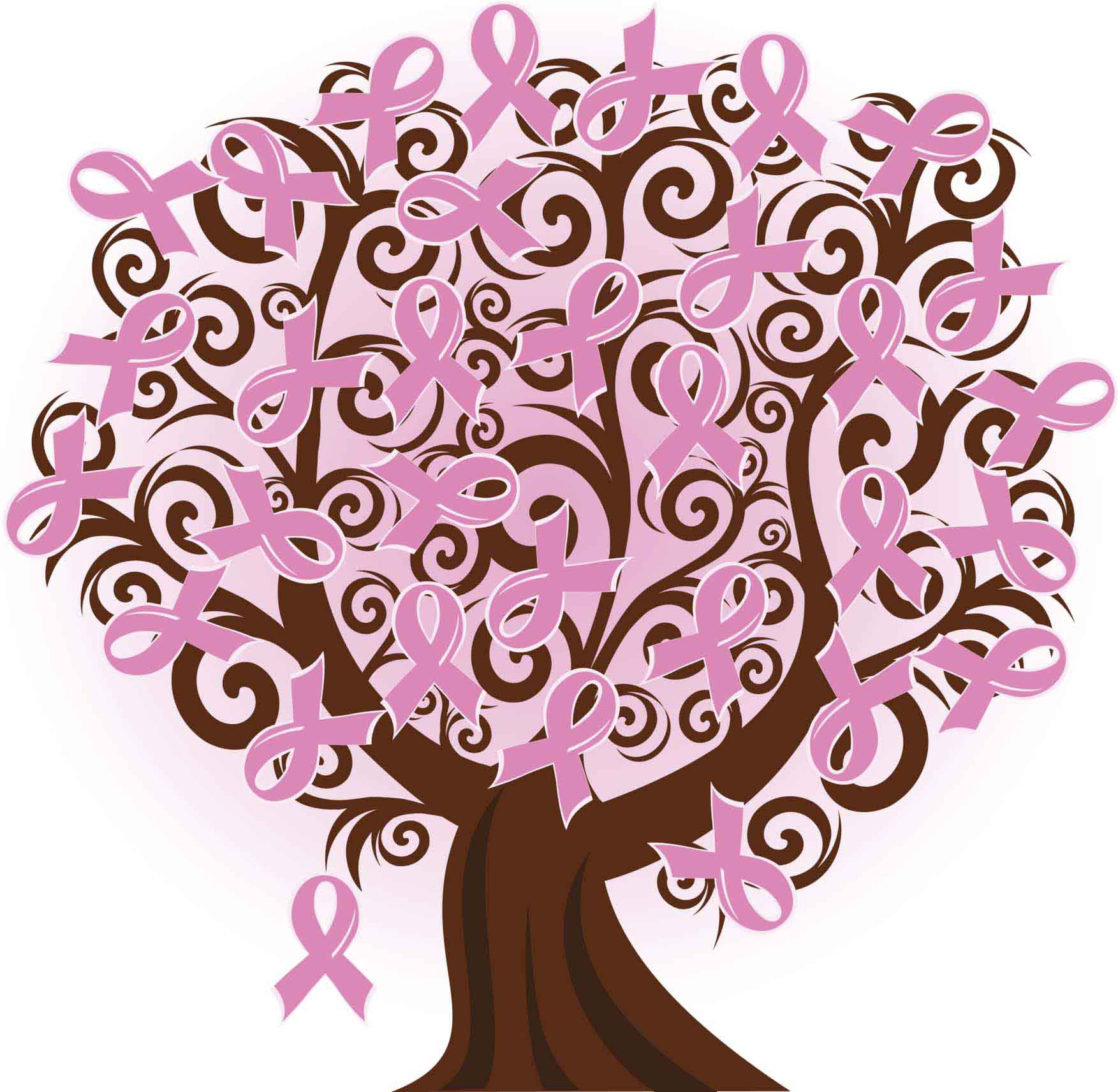
Tips For Reducing Your Risk for Breast Cancer
by Samantha Wilkinson, MS, RDN, LD
Since October is National Breast Cancer Awareness Month, we thought it would be the perfect opportunity to provide some tips on reducing your risk for breast cancer. Guys, this includes you too!
There are many factors that can cause breast cancer, such as, family history, radiation exposure (Ladies, STOP putting your phones in your bras when you have no pockets!), etc. However, more and more studies reveal that living a healthful lifestyle can help reduce your risk for developing this type of cancer.
Now, as all men and women are susceptible to breast cancer, some populations are more at risk than others. Some risk factors associated with breast cancer are family history, ethnicity, menstruating before age 12, menopause after age 55, genetic mutations, becoming pregnant for the first time over the age of 30, overweight/obesity and older age. However, even if you fall into one of these high risk categories, there are still ways to help prevent it. High fiber foods along with those packed with vitamins and minerals may help protect against carcinogenic cell mutation. Here’s a list of foods to include in your diet to help reduce your risk:
Dark, green leafy vegetables: broccoli, spinach, Brussels sprouts, kale
Fruit: citrus fruits, berries
Legumes: beans, peas, lentils
Whole grains: oats, barley, whole grain breads and pastas
It is also important to participate in regular physical activity since weight is so closely related to cancer development. Even if that means adding some more physical activity to everyday activities. Park as far away from the door as possible, get a shopping cart (even if you don’t need it) for some resistance as you walk, go for a walk on your break, or just get up to stretch every 45-60 minutes.
Along with a good diet and exercise regimen, it is vital to do monthly self-exams, guys and girls included. You can perform them in the shower, and be sure to check the armpit area as that is often a susceptible spot for a lump. Ask a healthcare provider to go over which self-exam method is best for you.





